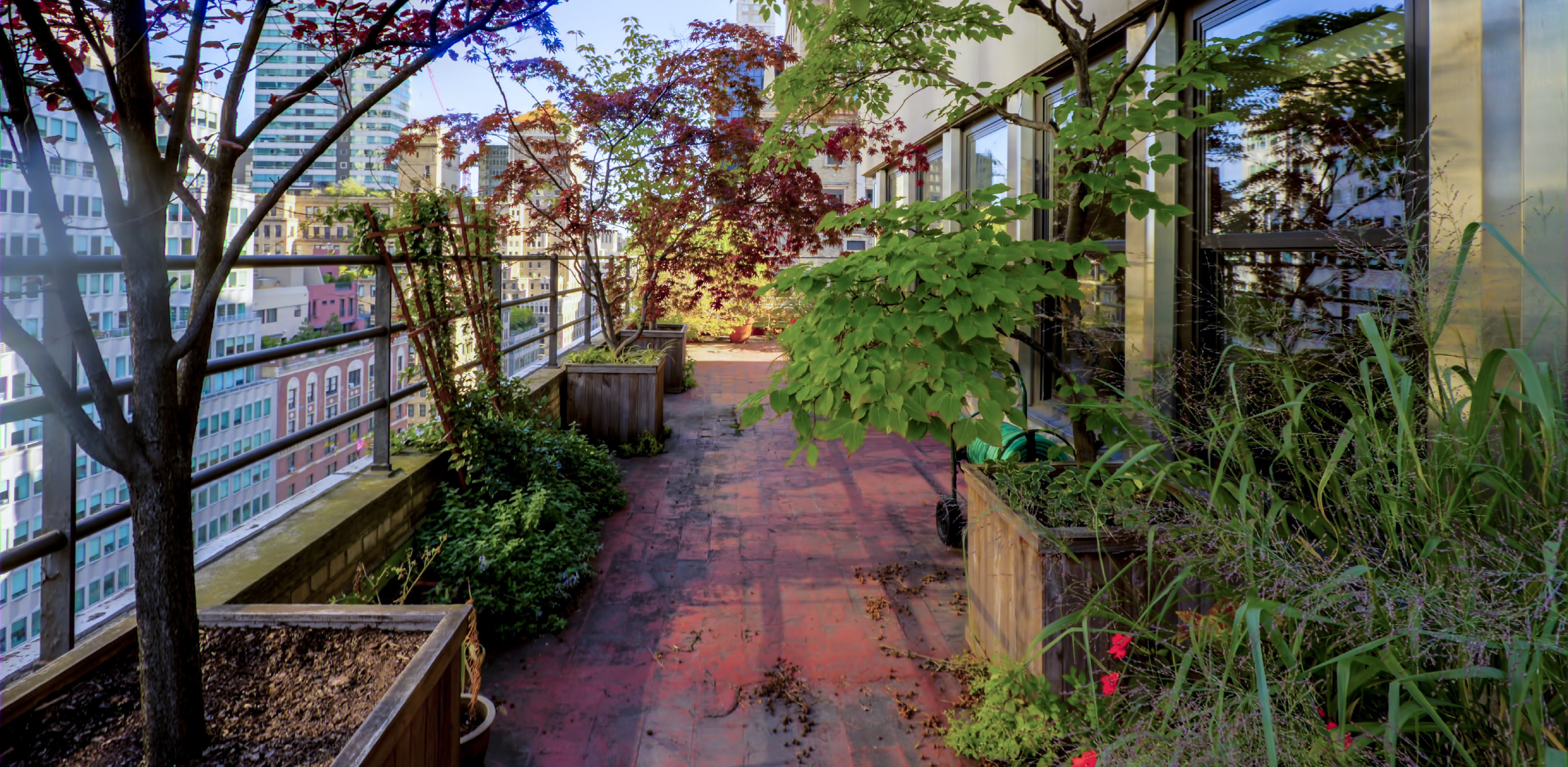State of the Urban Environment Report Published
The Environment Agency yesterday launched a report; State of the Environment: Urban Environments. The report summarises the state of soil, air quality, water resources and water quality in England’s urban areas, and discusses the inequalities in access to green spaces and the effects of climate change.
Nationally, 30% of the urban area in England is classified as ‘natural land cover’, which includes grassland, scrub, parks, allotments, public gardens and other public ‘green’ spaces such as golf courses. It is estimated that the proportion of England’s urban areas made up of green space declined from 63% in 2001 to 55% in 2018.
The report notes that within urban areas, habitats are fragmented and often degraded. However, urban areas can contain a range of wildlife, plants and habitats, and developments designed with space for nature can even increase species diversity and abundance, for example, where land is converted from intensive farmland.
Pollution issues are also highlighted, for example in 2020, about 18% of water bodies in England were identified as being damaged by pollution from towns, cities and transport.
The report highlights the significant inequalities present in the UK regarding access to the environment, noting “59% of households with incomes of £60,000 or more – roughly the top 10% by income – are within a 10-minute walk of a publicly accessible natural green space, compared with just 35% of those with incomes below £10,000”.
At the report launch, Environment Agency Chief Executive Sir James Bevan said:
Investing in a better environment, whether that’s a park, a flood defence or a clean river, will create jobs and growth. Since the worst environments tend to be in the poorest places, tackling them is a double win it will make poorer communities both greener and richer. And because of the link between your environment and your health, environmental inequalities contribute to associated inequalities in health and wellbeing too.
The report recommends a systems-based approach, for example, utilising Nature-based Solutions, to address inequalities and harness the potential of green and blue infrastructure.
